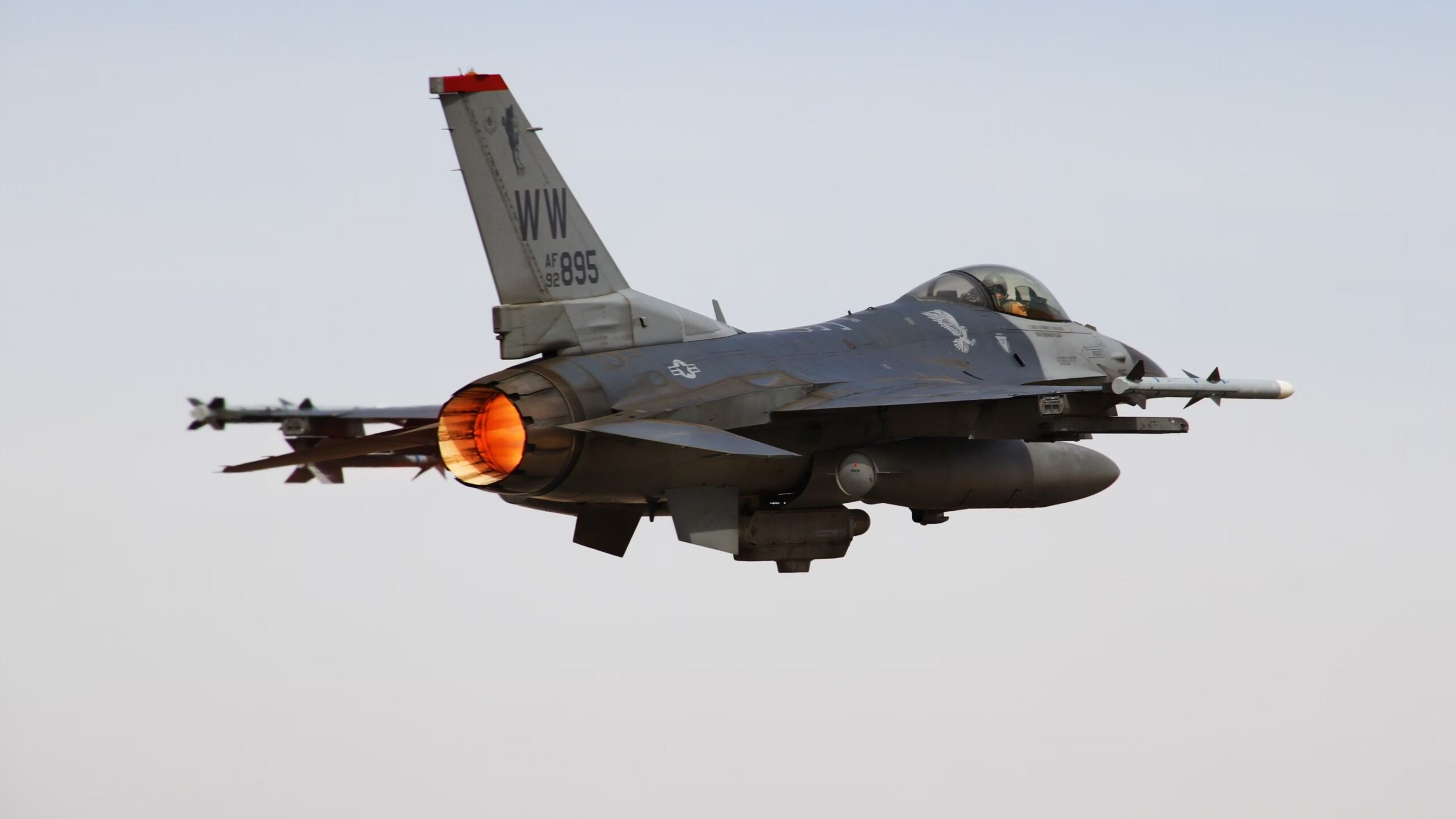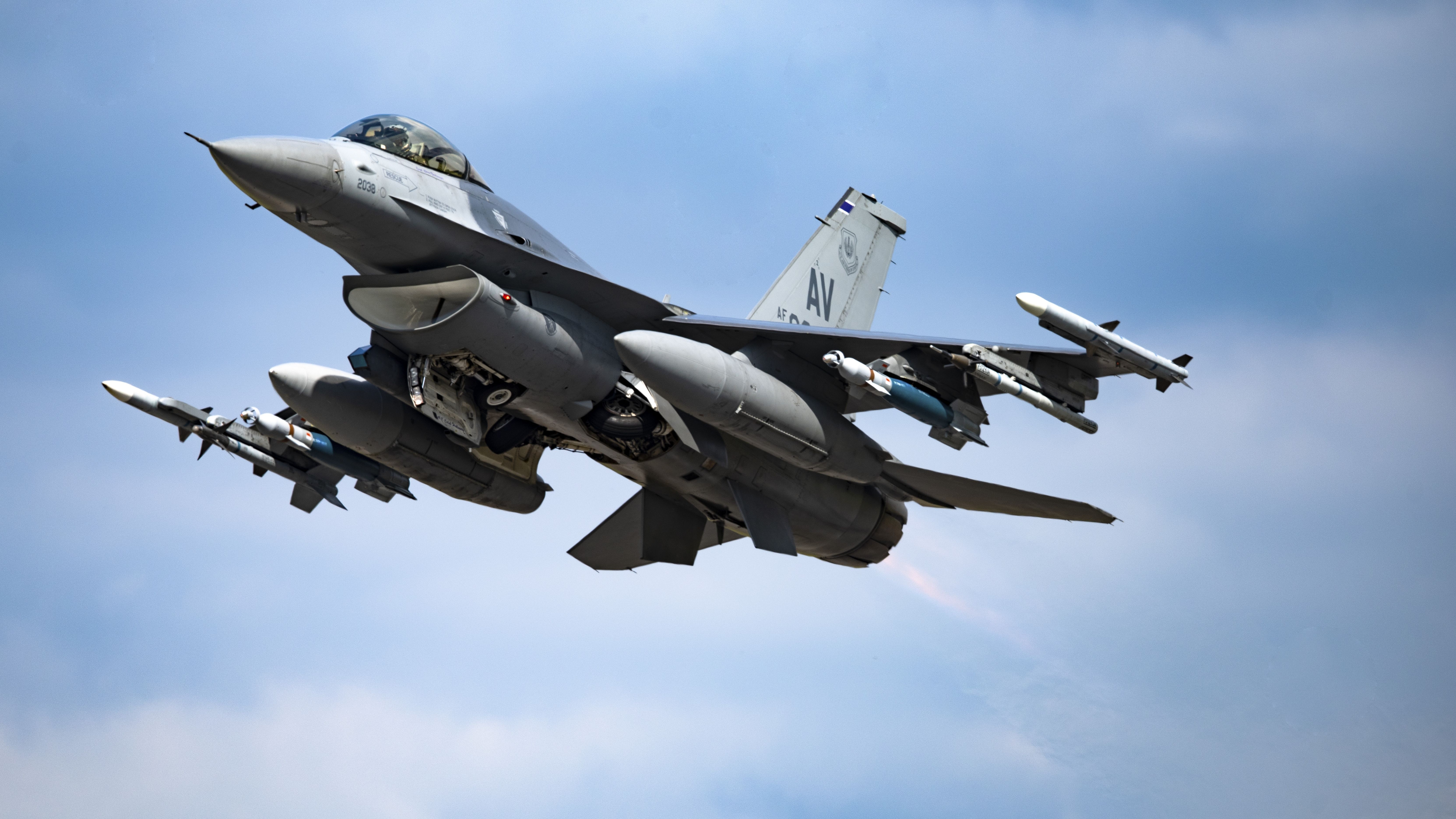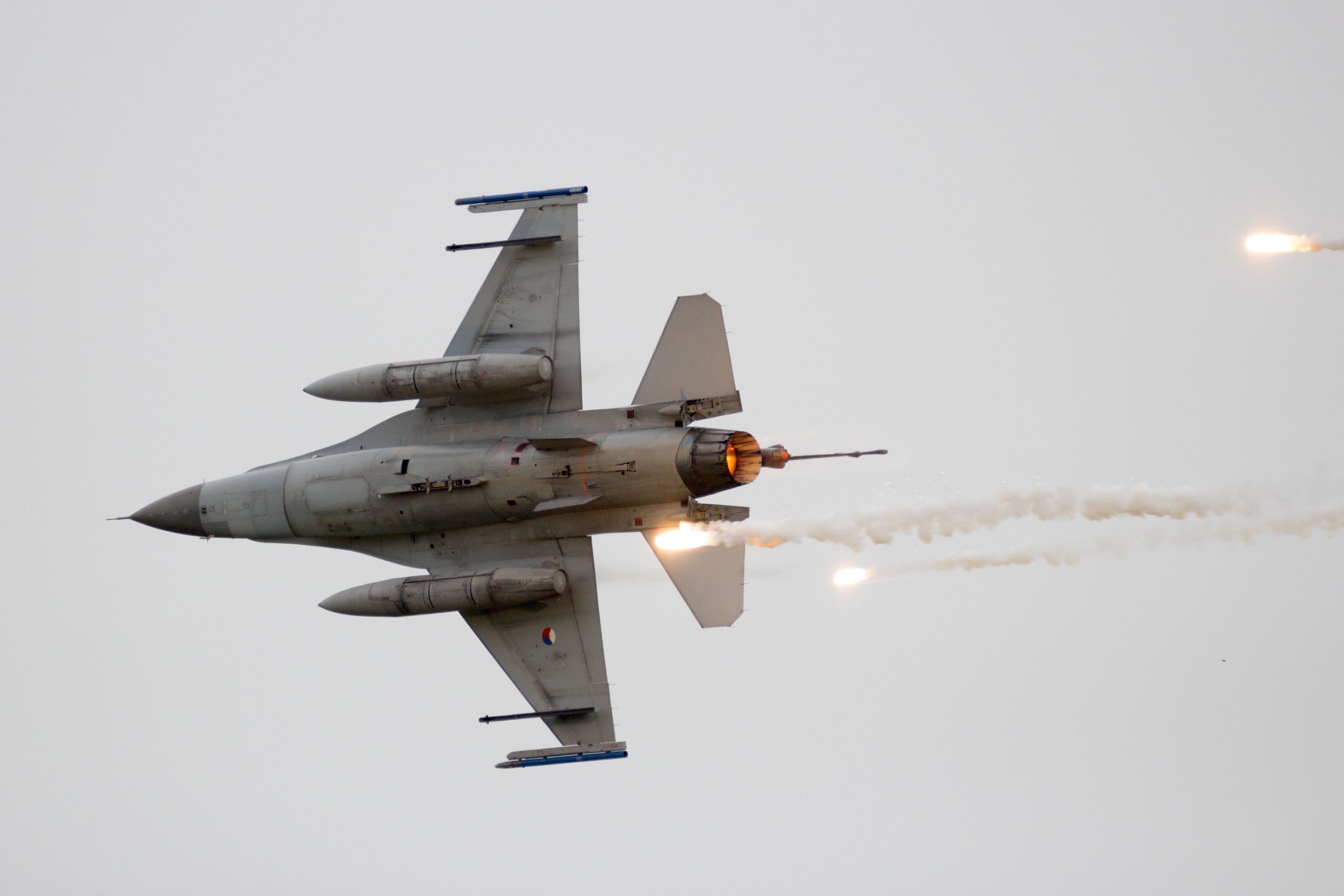Summary
- An F-16 Fighting Falcon crashed near Osan Air Base in South Korea, and while the pilot ejected safely, the aircraft was completely destroyed.
- The Air Force is conducting an investigation to determine the cause of the crash, as it occurred during a routine training exercise and not combat operations.
- Incidents like these are more common than expected, with the Air Force categorizing accidents based on the level of damage and disabilities caused.
On 6 May 2023, an F-16 Fighting Falcon in service with the United States Air Force crashed, landing in an agricultural field just a few miles from Osan Air Base in South Korea. While the pilot was able to eject from the jet safely and was transported for immediate medical attention to a nearby facility, the aircraft burned up entirely upon impact.
While this incident thankfully resulted in only minor damage, the Air Force has launched an investigation to identify what specifically went wrong and what caused the multi-million dollar aircraft to lose control. In this article, we’ll look deeply at everything we know about how the incident transpired.
The incident specifics
At roughly 09:45, an F-16 Fighting Falcon, a multipurpose fighter aircraft armed with an array of air-to-air missiles, lost control shortly after takeoff from Osan Air Base. This facility, which is located just forty miles from the border with North Korea, has become critical to America’s air defense strategy in the region.
Photo: Aditya0635 | Shutterstock
Shortly after the crash, resources were immediately dispatched to the scene, and a recovery crew departed to locate the pilot, who had just ejected. Kim Dong-yeon, the governor of South Korea’s Gyeonggi Province, announced that firefighting teams had been sent to the scene in the following Twitter post:
While there remains limited information about what caused the aircraft to crash and what made the pilot bail from his jet, there are small pieces of information the Air Force’s press team did provide. Specifically, the incident occurred during a routine training exercise, demonstrating that the crash was in no way caused by combat operations.
An F-16 Fighting Falcon Intercepts An Aircraft Near Joe Biden’s House
As of now, the incident remains, much as it did back in May, under investigation by the appropriate division of the Air Force. According to the 51st Air Wing, there was no damage to civilians or civilian infrastructure, as the aircraft crashed in a barren location.
More common than you think
While it may seem rather surprising that a multi-million dollar fighter jet simply crashed into a field, these kind of incidents are actually far more common than one might initially expect. So common are these incidents, in fact, that the Air Force has a specific system for categorizing accidents.
Photo: VanderWolf Images | Shutterstock
Class A mishaps is an overarching term used to describe all incidents that result in over $2.5 million in damages, or which result in the death or permanent disability of someone involved. Class B mishaps are less catastrophic, and result in between $600,000 and $2.5 million in damages, or those incidents which result in a major disability for someone involved.
In 2022, the Air Force reported ten different of these Class A and B events occurring. In 2021, there was a roughly similar number, with one Class A event resulting in the death of a fighter pilot.
Source: Air Force Times


